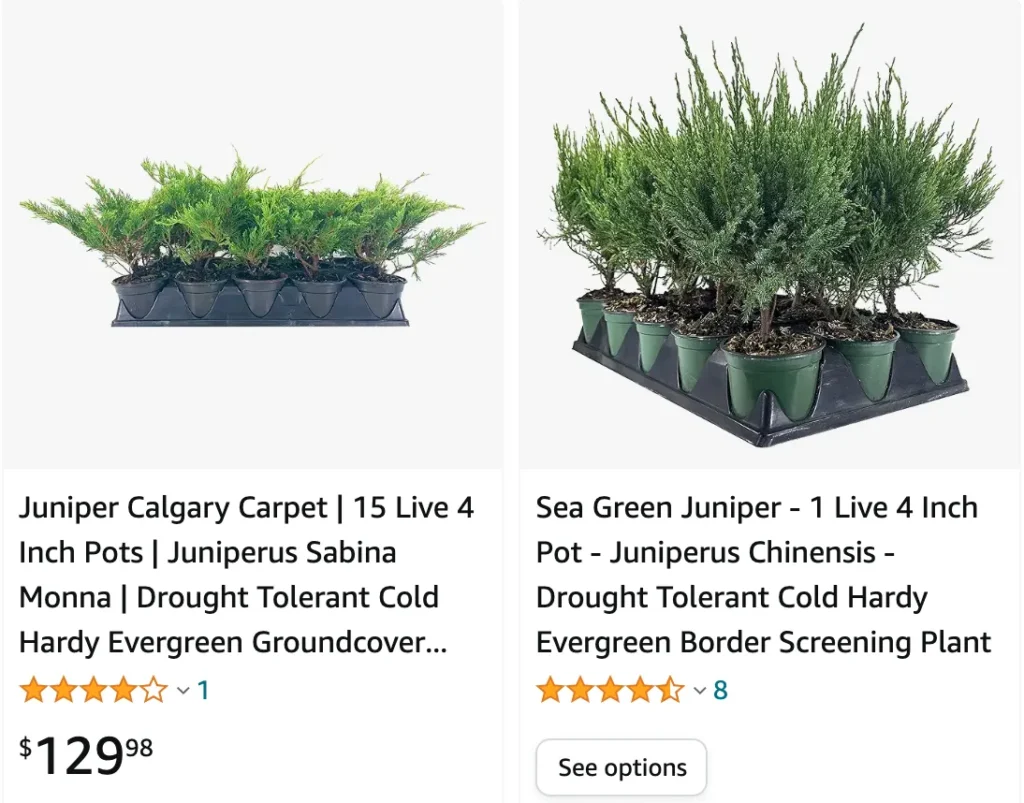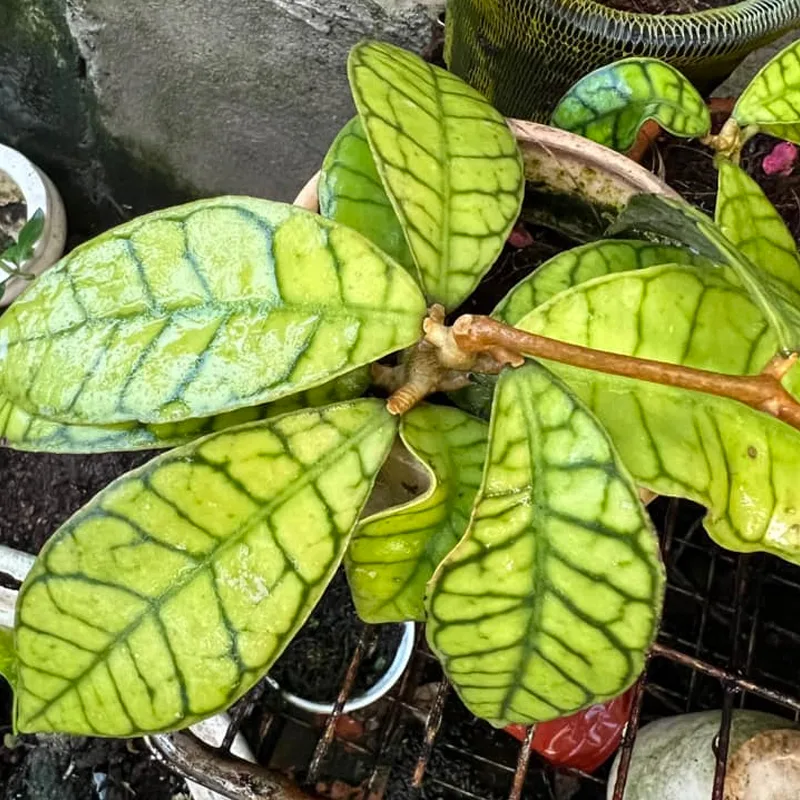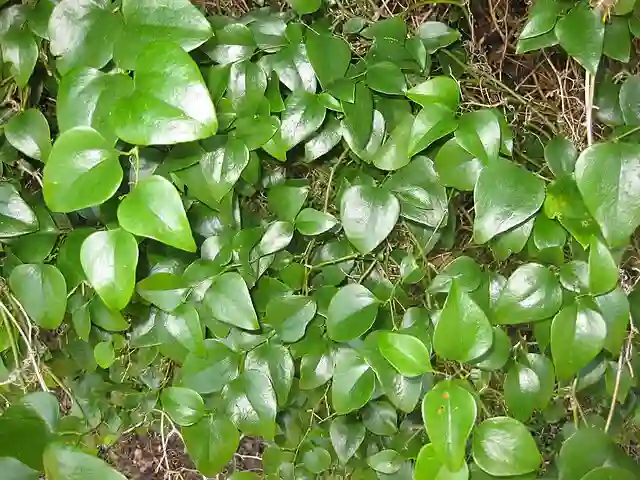
Juniperus Sabina Tamariscifolia: A Low-Lying Conifer for Your Landscape
As a landscape designer, I’m always on the lookout for versatile plants that add visual interest and functionality to outdoor spaces. One that consistently piques my interest is Juniperus sabina Tamariscifolia, also known as the Tamarix juniper. This low-growing evergreen shrub boasts a unique charm, making it a popular choice for various landscaping applications.
74 Species in Genus Juniperus
What is Juniperus sabina Tamariscifolia?
Juniperus sabina Tamariscifolia is a slow-growing conifer prized for its dense, carpet-like foliage. Its prickly, blue-green needles cast a silvery sheen in sunlight, adding a touch of texture and color to garden beds and borders. This low-maintenance shrub typically matures at around 18 inches tall and spreads up to 10 feet wide, creating a lush, cascading effect over time.
How to Care for Juniperus sabina Tamariscifolia?
The beauty of Juniperus sabina Tamariscifolia lies in its easygoing nature. This hardy shrub thrives in full sun but tolerates partial shade as well. Once established, it requires minimal watering, making it a water-wise choice for drought-prone regions.
Here are some key aspects of caring for Juniperus sabina Tamariscifolia:
- Planting: Choose a well-draining location with loose soil for optimal growth.
- Watering: Water deeply during the first year of establishment, especially during dry spells. Once established, supplemental watering is rarely needed.
- Pruning: Light pruning can be done in late winter or early spring to maintain desired shape and remove dead or diseased branches.
- Fertilizing: This shrub generally doesn’t require fertilization. However, if your soil is poor, a balanced fertilizer applied in early spring can give it a boost.
How to Propagate Juniperus sabina Tamariscifolia?
Propagating Juniperus sabina Tamariscifolia is a straightforward process that can be done through softwood cuttings. Here’s a quick guide:
- In late spring or early summer, take 4- to 6-inch softwood cuttings with at least a few nodes.
- Remove the lower leaves and dip the cut end in rooting hormone (optional).
- Plant the cuttings in a pot filled with a well-draining potting mix.
- Water thoroughly and keep the soil moist but not soggy.
- Place the pot in a location with indirect sunlight and mist the cuttings regularly to maintain humidity.
- Rooting can take several weeks. Once new growth appears, harden off the plants before transplanting them to their permanent location.
What to Plant With Juniperus sabina Tamariscifolia?
Juniperus sabina Tamariscifolia’s low-growing habit makes it a perfect companion for various plants. Here are some ideas for creating a visually appealing composition:
- Perennials: Combine the juniper with colorful perennials like lavender, catmint, or daylilies for a burst of blooms throughout the season.
- Grasses: Ornamental grasses like blue fescue or switchgrass add a contrasting texture and movement to the landscape.
- Shrubs: For a layered effect, consider planting taller shrubs like butterfly bush or viburnum behind the juniper.
Can Juniperus sabina Tamariscifolia be Planted Over a Leach Field?
No, planting Juniperus sabina Tamariscifolia or any other plants directly over a leach field is not recommended. Leach fields are crucial components of septic systems, responsible for filtering and dispersing wastewater into the surrounding soil. Planting trees or shrubs with deep root systems over a leach field can pose several problems:
- Root intrusion: Deep roots can clog the leach lines, hindering the system’s proper function and potentially causing costly repairs.
- Water uptake: Plants compete with the septic system for water, potentially reducing the effectiveness of wastewater dispersal.
- Soil compaction: Foot traffic around plants can compact the soil, further hindering wastewater absorption.
It’s essential to maintain a clear zone around the leach field to ensure its optimal performance. Consult your local landscaping professional or septic system service provider for specific guidelines on the recommended distance to maintain between plants and the leach field.
By incorporating Juniperus sabina Tamariscifolia strategically into your landscape design, you can add a touch of low-maintenance beauty while adhering to responsible septic system practices.
If i die, water my plants!



